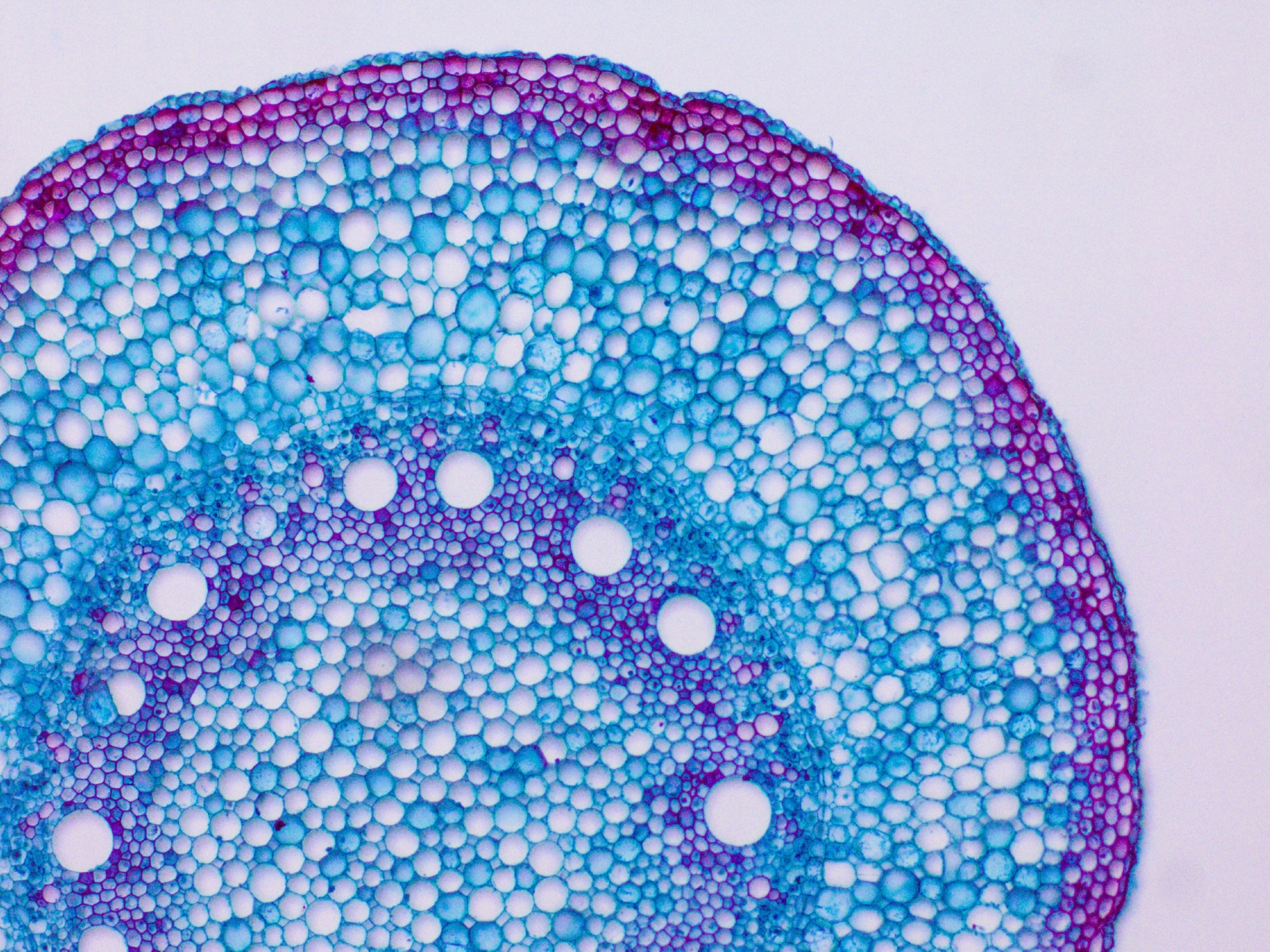Researchers uncover how the RhoA/ROCK pathway regulates cell responses to nanoscale surface features, linking cytoskeletal tension to membrane conformality and nanoscale sensing.

Image Credit: ThePoii/Shutterstock.com
Cells engage with nanostructured surfaces through complicated mechanotransduction pathways, which influence their migration, differentiation, and function. For example, nanoscale features like ridges and grooves have been shown to impact cytoskeletal organization and endocytosis, among others. However, the molecular mechanisms behind these responses remain largely undefined.
Central to cell sensing is the cytoskeleton, an internal framework that gives the cell structure and helps it respond to mechanical forces. The behaviour of the cytoskeleton is controlled by a group of molecular switches called Rho GTPases, including RhoA, Cdc42, and Rac. These proteins help organize how the cell builds and rearranges its internal structure.
RhoA, in particular, activates a protein called ROCK, which increases internal tension in the cell by forming stiff, cable-like structures called actin stress fibers. These mechanical forces affect how cell membranes interact with curved nanostructures, influencing processes such as membrane wrapping and vesicle formation.
While previous studies have shown that modulating RhoA affects cellular tension, its specific role in sensing nanotopography has not been fully established. Recently published in Small, scientists have revealed more about the mechanisms behind RhoA/ROCK.
Engineering Nanotopographical Cues
To probe this mechanism, researchers created surfaces patterned with arrays of hemispherical gold nanoparticles ranging from 20 to 250 nm. These nanotopographies were fabricated on quartz substrates using solvent-assisted nanoscale embossing, reactive ion etching, and thermal annealing.
SKOV3 epithelial cells were then cultured on these arrays. Two pharmacological agents were applied to modulate intracellular tension: Y-27632, a ROCK inhibitor that reduces actomyosin contractility, and RhoA Activator II, which maintains RhoA in its active GTP-bound form to increase tension. This approach allowed the team to assess how the cytoskeletal state affects cellular interactions with nanoscale features.
The team used scanning electron microscopy to evaluate cellular responses to the surfaces, as well as fluorescence imaging of actin and focal adhesion proteins, and endocytosis assays. Key metrics included membrane conformality around nanoparticles, actin organization, focal adhesion assembly, and localization of endocytic proteins.
Tension Modulates Nanotopography Sensing
The study found that RhoA/ROCK signaling directly influences how cells engage with nanotopographical features. Under the high-tension conditions induced by RhoA activation, the cell membranes were less able to conform to the curved nanoparticle surfaces.
Analysis also showed curvature-sensing proteins, such as ARP2/3 complex components, were reduced at these sites, and actin organization favored prominent stress fibers. Endocytosis, particularly clathrin-mediated pathways, was also suppressed at the nanoparticle interface.
However, when ROCK was inhibited with Y-27632, cellular tension decreased, enhancing membrane wrapping around nanoparticles and increasing recruitment of curvature-sensitive proteins. These changes promoted localized actin remodeling and increased endocytic activity, as indicated by greater colocalization of endocytic proteins and vesicle formation at the nanoscale features.
The results support the idea that RhoA/ROCK-mediated tension acts as a regulator of nanoscale sensing. High tension restricts membrane flexibility, reducing the recruitment of curvature-sensitive machinery, while low tension facilitates membrane adaptation and downstream cellular processes.
Guiding Cell Behavior Through Surface Design
This work clearly established the link between cell mechanical state and responsiveness to nanoscale topography. By tuning cytoskeletal tension via the RhoA/ROCK pathway, it may be possible to design nanostructured biomaterials that direct specific cellular outcomes.
These findings provide a framework for engineering nanoscale biomaterials with precise modulating behaviour. Such engineering could be applied to guided cell adhesion, targeted nanoparticle delivery, and scaffold design in tissue regeneration.
Future research may extend this approach to other Rho-GTPases and mechanotransduction pathways to further refine the design of cell-interactive nanomaterials.
Journal Reference
Schaumann E. N., Cho N. H. et al. (2025). Cellular Responses to Nanoscale Topography Mediated Through the RhoA/ROCK Pathway. Small, e05685. DOI: 10.1002/smll.202505685, https://onlinelibrary.wiley.com/doi/10.1002/smll.20250568